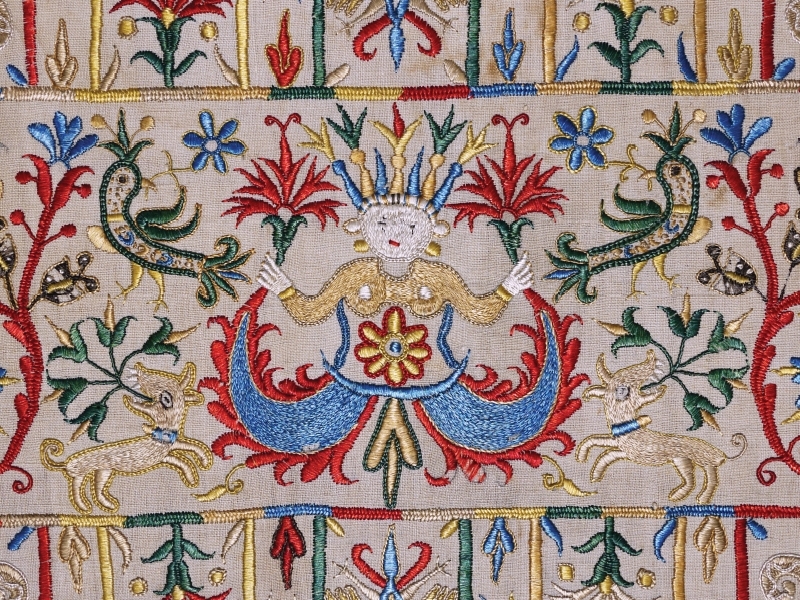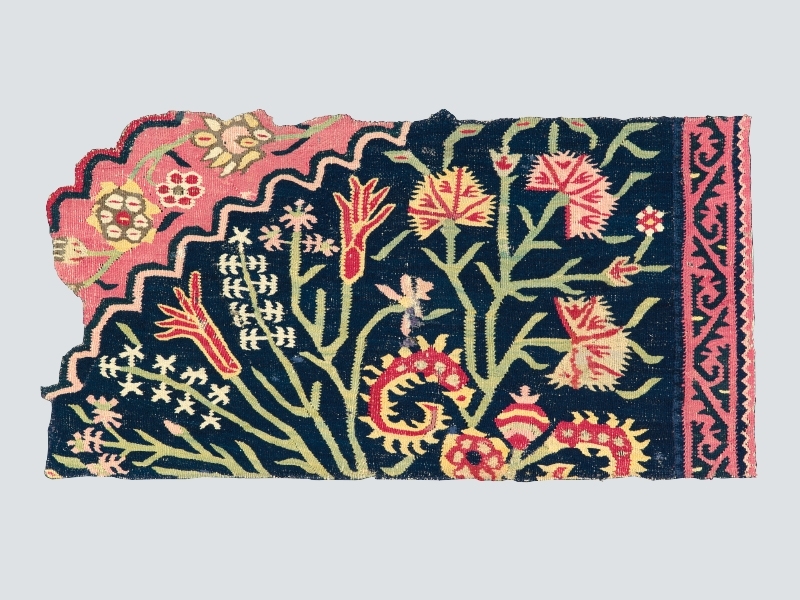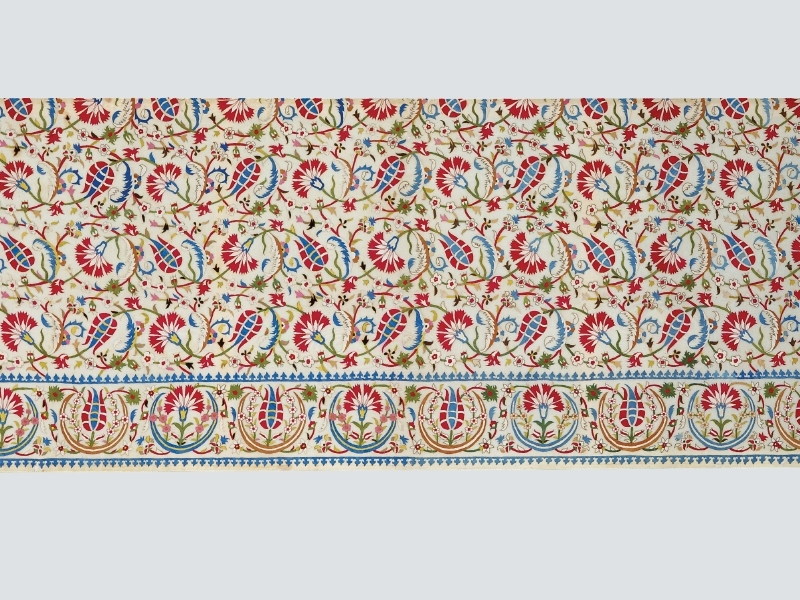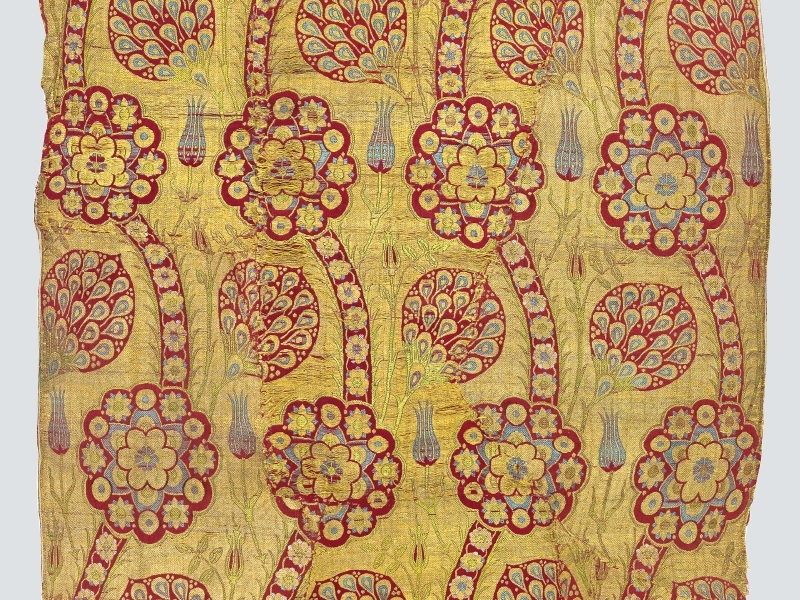Sultan’s Fabrics

In the art of the Ottoman Empire well-being, freedom and influence are recognized. Only in the last six decades, the idea of a style typical for the Ottoman Empire (1299-1923) was established in science. Moreover, in the 15th century, the Ottoman carpets, silk and embroidery were extremely essential products in Europe. Conversely, Italian silk or German jewelry was very popular at the court of the Ottoman Empire.
Bursa was the center of textile production. However, before the appearance of the same style in fabrics there were many traditional motifs, such as, for example, sintemani pattern: three circles with the crescents around. Ornament, which is now considered a "classic Ottoman", characterized by a variety of stylized patterns in the form of climbing plants and flowers such as tulips, daffodils, carnations or roses. They skillfully follow each other and present at various types of fabrics - after the sixteenth century, even throughout the empire covering three continents. Initiator of the creation of a new unified style was Kara Memi. During the reign of Sultan Suleiman the Magnificent, he became the most influential artist in the court of the Ottoman Empire. Among his artistic achievements there is the creation of uniquely patterned fabrics in the style of the Ottoman Empire, which is often used nowadays.
In Constantinople (now Istanbul) there were a huge number of workshops in which carpets were knitted and patterns on fabrics were embroidered - mostly for the governor and his entourage. The areas around the cities of Uşak, Konya, Gerdes and Bergama, in contrast, were known primarily for their nodular carpets and embroideries. Wall rugs and covers, soft bedspreads, tray napkins, embroidered towels and napkins: household items with embroidered patterns were an integral part of everyday life and always were presented during special occasions such as weddings, circumcision or funerals, and were used to create family comfort in the house. Shawls and scarves made from the finest linen or cotton fabric, trimmed with silk and metallic threads, were a perfect complement to the formal attire and emphasized the richness and taste of their owners - urban and rural residents.
Author: A.S.
PHOTOS

Hem, Crete, 17th century, © The Textile Museum (Museum of tissues)

Carpet fragment (pile -free mat), the beginning of the 18th century. Collection of Marshall and Marilyn R. Wolff, © The Textile Museum (Museum of fabrics)

Embroidery, Istanbul, Turkey, the beginning of the 17th Century, George Hewitt Myers,© The Textile Museum (Museum of fabrics)

A fragment of fabric, the 2nd half of the 16th century © The Textile Museum (Museum of fabric)
Based on the materials of http://www.i-teria.com
